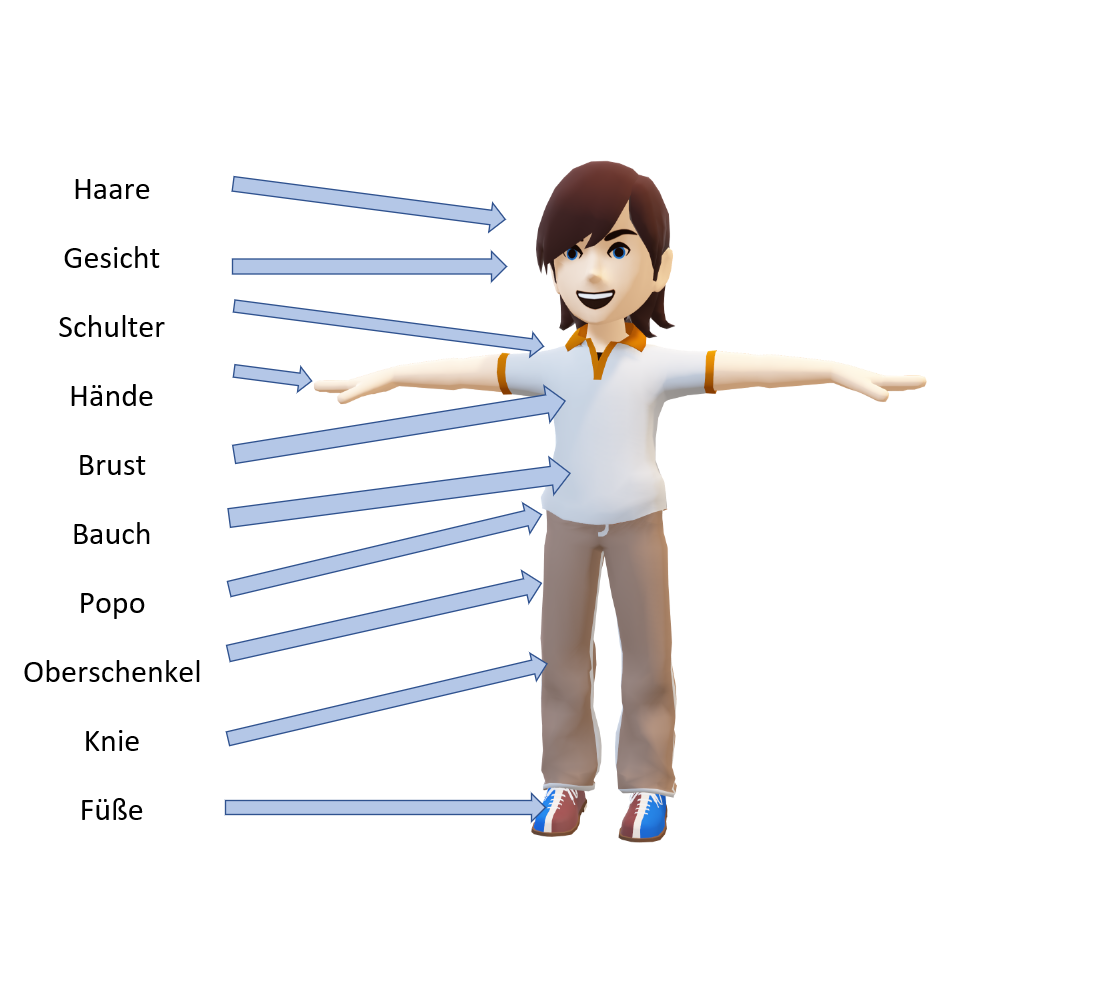Criteria for Effective Learning
Discover how to achieve the best learning outcomes for your participants in this post.
Criteria for Effective Learning
Criteria for Effective Learning
Creating Meaning
Participants learn better when they see meaning in what they're learning. It's the trainer's job to show each participant a meaningful reason for each topic.
VAKOG
The more senses involved in learning, the better and more lasting it is. Trainers should engage all sensory channels during training. In NLP (Neuro-Linguistic Programming), the five senses are summarized with the acronym "VAKOG." These senses are:
- Visual (seeing)
- Auditory (hearing)
- Kinesthetic (feeling)
- Olfactory (smelling) and
- Gustatory (tasting)
Energy
The more energy a trainer generates around the content, the better it sticks in participants' minds. This energy can be sparked by evoking emotions like:
- Joy
- Sadness
- Anger
- Fear
- Surprise
- Disgust
Methods
Using these methods can make it easier for participants to access and understand topics:
- (Linguistic) Images
- Reference Stories
- Reference Lists
- Connected Learning
- Mnemonics
- Acronyms
- Repetitions
Connected Learning with the 10-Item List
Linking terms and actions emotionally creates multiple "access points" in the brain for the same topic. The 10-item list is a good example.
The goal is to remember ten random terms in order. This seems hard at first but becomes easy by linking terms to emotional actions (-> Energy). To remember the order, number ten body parts (or furniture, rooms, or any numbered list).
In the graphic below, body parts are numbered from 1 to 10. Once you memorize these with their numbers, remembering terms in order is easy.

For each term, think of a story, image, or action that generates energy. Done!
Example

